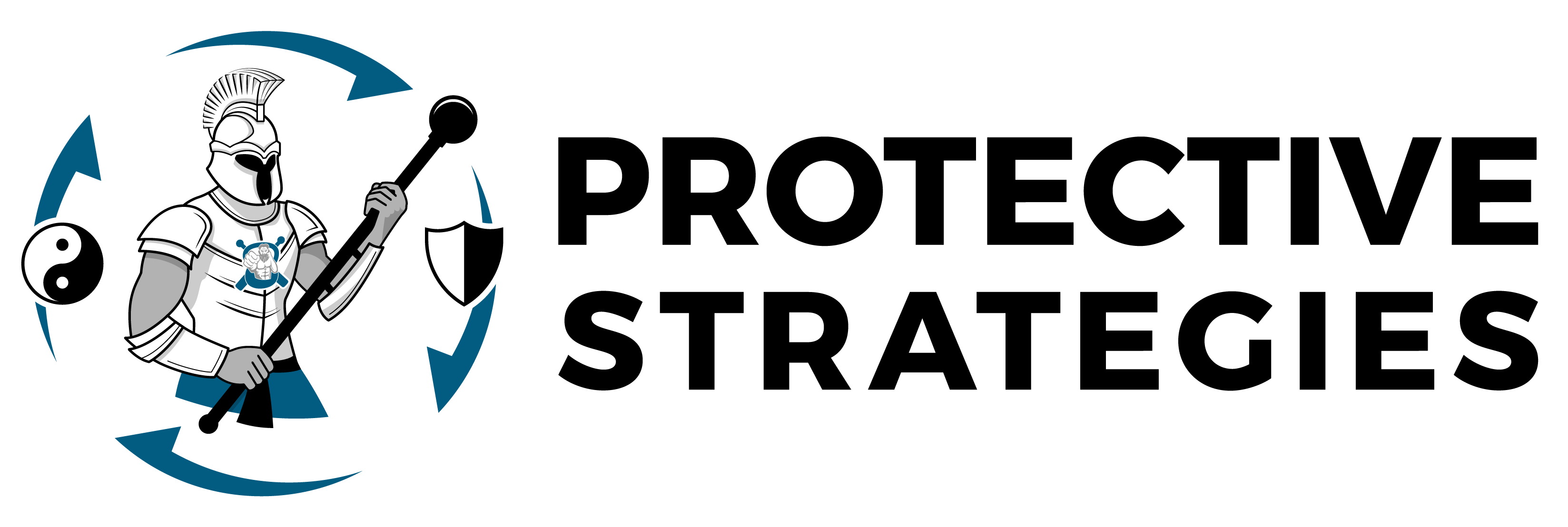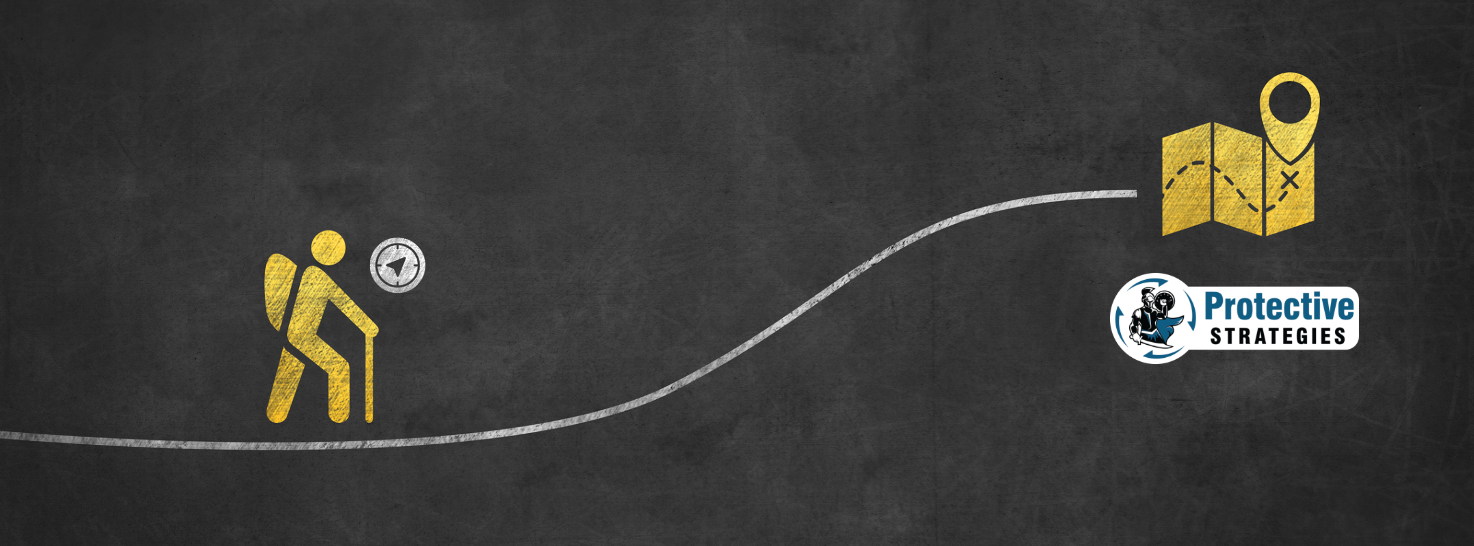
Introduction
In high-risk program design, clarity of purpose is essential. We start with a doctrine—a detailed description, much like a blueprint. It’s our compass, showing us precisely what to include in the program and what to leave out. If something doesn’t fit, either the doctrine must be redrafted, or it can’t be included.
Understanding the doctrine is crucial. It’s about comprehending its meaning and its intended goals. It’s a practical guide that shapes our strategies, and those strategies drive our tactics. It’s understanding each piece, plain and simple.
So, as you explore the Protective Strategies doctrine, you’ll gain insights into its purpose and mission. It’s about how you can benefit from this knowledge, applying it to your work effectively.
The Doctrine:
Protective Strategies, an extension of Toughen Up, provides High-Risk Professionals (HRP) with principle-based solutions that align with professional and legal standards. We prepare our clients for the rigors and realities of high-risk, critical incidents while enhancing their performance and preventing or deescalating conflict.
- Protective Strategies: Protective Strategies, founded by Randy LaHaie in 1994, is a training and consulting company with a history of serving law enforcement and high-risk clients. Randy LaHaie has developed a wide variety of policies and training programs and is a court-declared expert witness on use of force and critical incidents.
- Toughen Up: 2. Toughen Up is the foundation to the Protective Strategies Doctrine. The doctrine of Toughen Up is “the cultivation of self-discipline to optimize, protect and prolong health, resilience and performance.”
- High-Risk Professional: people who are likely to encounter dangerous, volatile or violent incidents in the course of their job.
- Principle-Based Solutions: Our programs are designed around “first principles thinking.” Rigid rules don’t work in unique critical incidents. Instead, understand the core principles of critical incident performance. When you grasp these principles, you can adapt effectively to any unforeseen situation. It’s about equipping you with essential knowledge to make informed decisions in real-world, one-of-a-kind scenarios.
- Professional and Legal Standards: Legal and professional standards mean doing what’s reasonable and appropriate, aligning with the law. It’s about following accepted norms that other high-risk professionals find reasonable and appropriate in their conduct and performance.
- Rigors and Realities: Rigors and Realities acknowledge two key points. First, performance is significantly affected by stress. Second, a critical incident and an athletic event are comparable, subject to the same rules of performance.
- Critical Incident:
• Every critical incident is unique.
• All violent encounters are critical incidents.
• Not all critical incidents involve violence.
• A critical incident is an “athletic event.” - Enhanced Performance: In the Toughen Up/Protective Strategies programs, we have a “Performance Hierarchy” consisting of three levels that build on each other. At the base is athletic performance (1), followed by combative performance (1+2), and finally, the highest level is “critical incident performance,” which combines all three (1+2+3). Challenges arise when professionals facing critical incidents lack physical fitness, athleticism, or combat skills.
- Preventing or De-escalating Conflict: The ultimate goal in confrontation management is simple: “nothing happens.” High-risk professionals (HRP) succeed when they handle situations to prevent them from turning hostile, resistant, or violent. Statistics show that 97 to 98 percent of law enforcement encounters require physical control, making situational assessment and effective communication crucial.
Conclusion:
Now that you’ve explored the Protective Strategies doctrine, you’ve embarked on a journey towards a healthier, safer, and more successful career in high-risk professions. The doctrine isn’t just words; it’s the foundation for designing, understanding, and adopting policies and training programs.
Delve deeper, explore further, and discover the full potential that Protective Strategies has to offer. Whether you aim to optimize your performance, enhance safety, or effectively respond to critical incidents, our programs are designed to support your goals.
Our focus is your success. As you move forward, keep your objectives in mind, and let Protective Strategies provide the framework for your professional journey. The knowledge you seek is within reach, ready to enhance your career.

